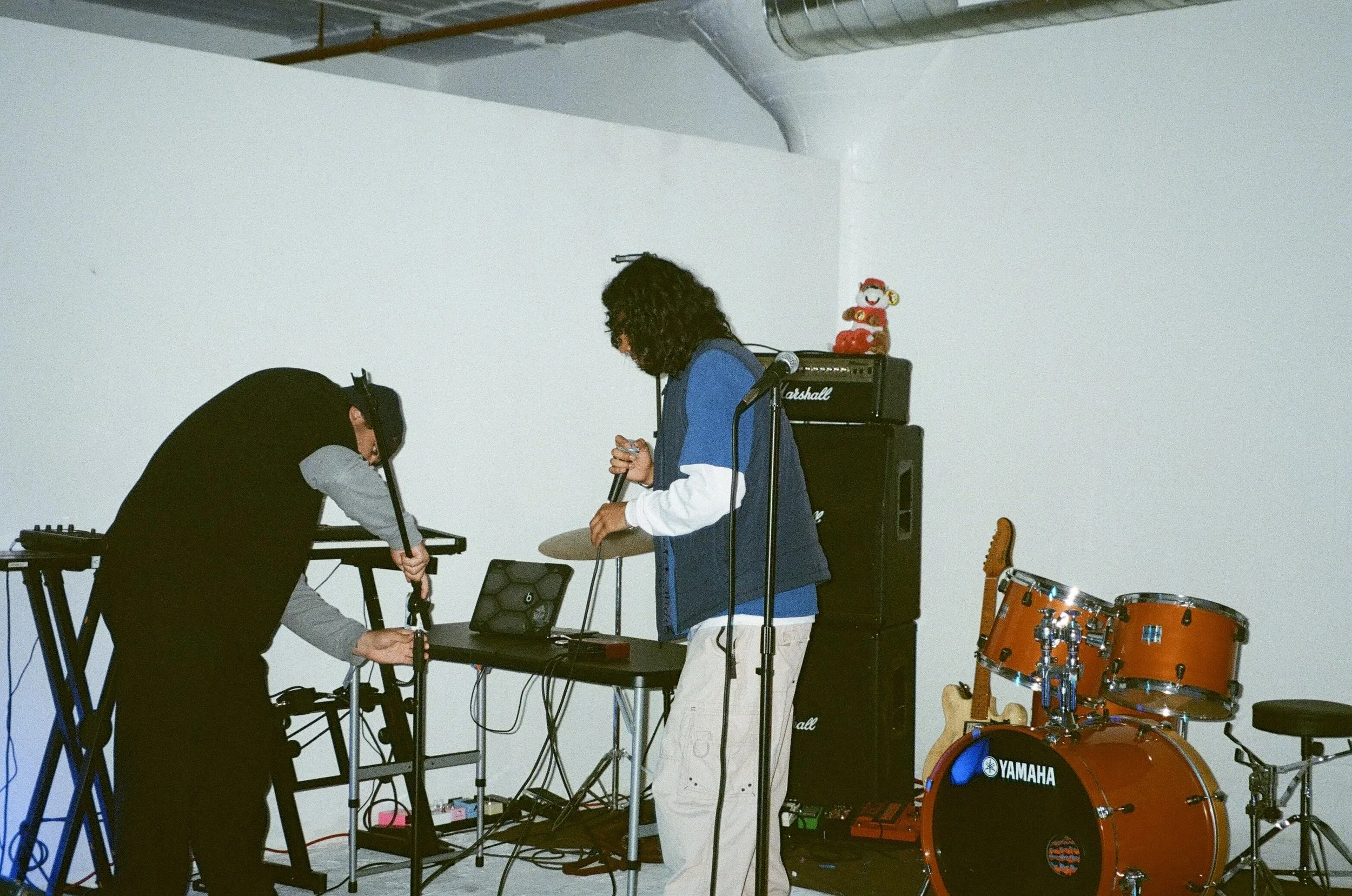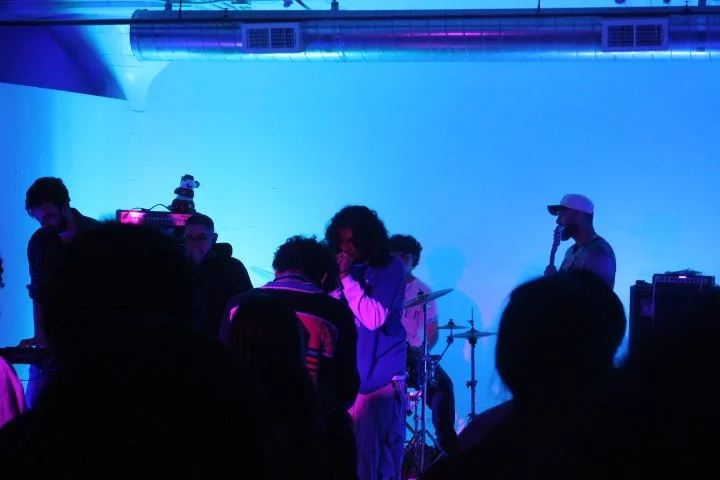Broken Records - How Local Artists are "Making it" in the Industry
By Daniel Graham
Photo By @heyitzbenji and @tresofhearts
It’s no secret that most people utilize a streaming service to access their music. Spotify's and Apple Music's ability to present users with millions of songs at the push of a button has led them away from using physical media. 2024 statistics offered by the Recording Industry Association of America (RIAA) reveal that streaming services accounted for nearly 84 percent of all the music revenue generated in the US, a $28.6 billion industry.
As of April 2024, Spotify has stopped payments to artists that make less than one thousand streams a month and raised the cost of subscriptions for listeners in July of the same year. These unpaid streams continue to generate revenue for the platform, meaning countless artists are contributing to this without seeing a dime. With the addition of podcasts to the platform - Spotify further reduced the royalty payments offered to musicians - meeting the 1000 stream quota only rewards artists with fractions of a penny per stream.
Nearly a year later, the situation's only been exacerbated by the rising costs of living across the nation. A studio here in Upland can easily run tenants upwards of $1600. How are local artists expected to survive when the majority stakeholder in the industry isn't offering substantial payouts?
“I would imagine smaller musicians needing to get together to help each other grow,” says Steve Bicksler, owner of Penny Lane Records in Upland, CA, which first opened their doors in 1985. “It just doesn’t seem feasible to work with streaming if they can’t even get paid, it’s unfair.”
This isn’t the first time the market’s been affected by an online music service either, as Steve recalls the advent of the file-sharing website Napster in 1999. “It was around that time that a lot of the massive record stores closed down, like Tower Records and Camelot.” He relates Napster to the late nineties' version of Spotify as it quickly dominated the market and changed the way we consume music. Despite this, he believes that “some of [their] best-selling records are ones that can’t be found on Spotify."
Despite allegations of the death of the "small artist," there has been a surge of independent, DIY projects blossoming locally. AKAMusique is a collective founded by Anagoretti, Aram, and Kudaa and based in Long Beach. They collaborate with local musicians of all backgrounds and emphasize communal support and outreach. “Immersing yourself in the community has always been important to us,” states Aram, “but it’s more important now than ever because it’s better to [work] independently.”
Photo By @heyitzbenji and @tresofhearts
When musicians license their music to streaming services, they must pay a fee to the distributing service as well as to Spotify. Typically Spotify will pay 2/3 of every dollar they make to the rights holders of the music. Working and releasing music independently allows these artists to retain most of their streaming revenue while paying reduced fees to a distributor.
Stepping away from major labels also gives musicians the freedom to make music they enjoy rather than adhering to industry standards. “I feel like I’ve never paid attention to the idea of receiving income from streams because it’s always been known to underpay and undermine independent artists,” begins Kudaa, “I focus on creating art for my own personal enjoyment and hope people gravitate towards my sound for that reason.”
Photo By @heyitzbenji and @tresofhearts
Small communities and passion projects are hallmarks of a thriving independent scene; now, local artists are working from a place of love for their craft and the people around them. Sockjus (pronounced sock-juice), a Moreno Valley native known for their eclectic samples and conscious narratives, details the close-knit community he discovered in Pomona. “It feels like a lot of things went right for the Pomona scene to exist. Everybody’s friends, everyone’s talented… and it’s not just music. There’s clothes and other arts as well.” Compared to greater Los Angeles, Sockjus explains that Pomona feels like a “smaller pond” with more opportunities to work with like-minded artists in the community.
The fight for the survival of the "artistic independence" has seen groups take it upon themselves to sell their own merchandise in the form of physical media and clothing. “It’s been done in the past where we’ve kept stock of a local artist," remarks Mr. Bicksler "we would just require a consignment fee." He explains that the artists' albums don't always sell well, highlighting the need to get the community involved and spread the word themselves.
Photo By @heyitzbenji and @tresofhearts
Despite the choke-hold that streaming services have on the music industry, the small artist is alive and well, making music for passion and not profit. Nurturing a supportive and inclusive community has allowed them to pay homage to their roots through physical media, live performances and grassroots organization. Before you drop $200 on tickets for an artist you’ve already seen a handful of times, perhaps consider supporting your local music scene. The talent’s raw, the emotions are pure, and the community is beautiful.




